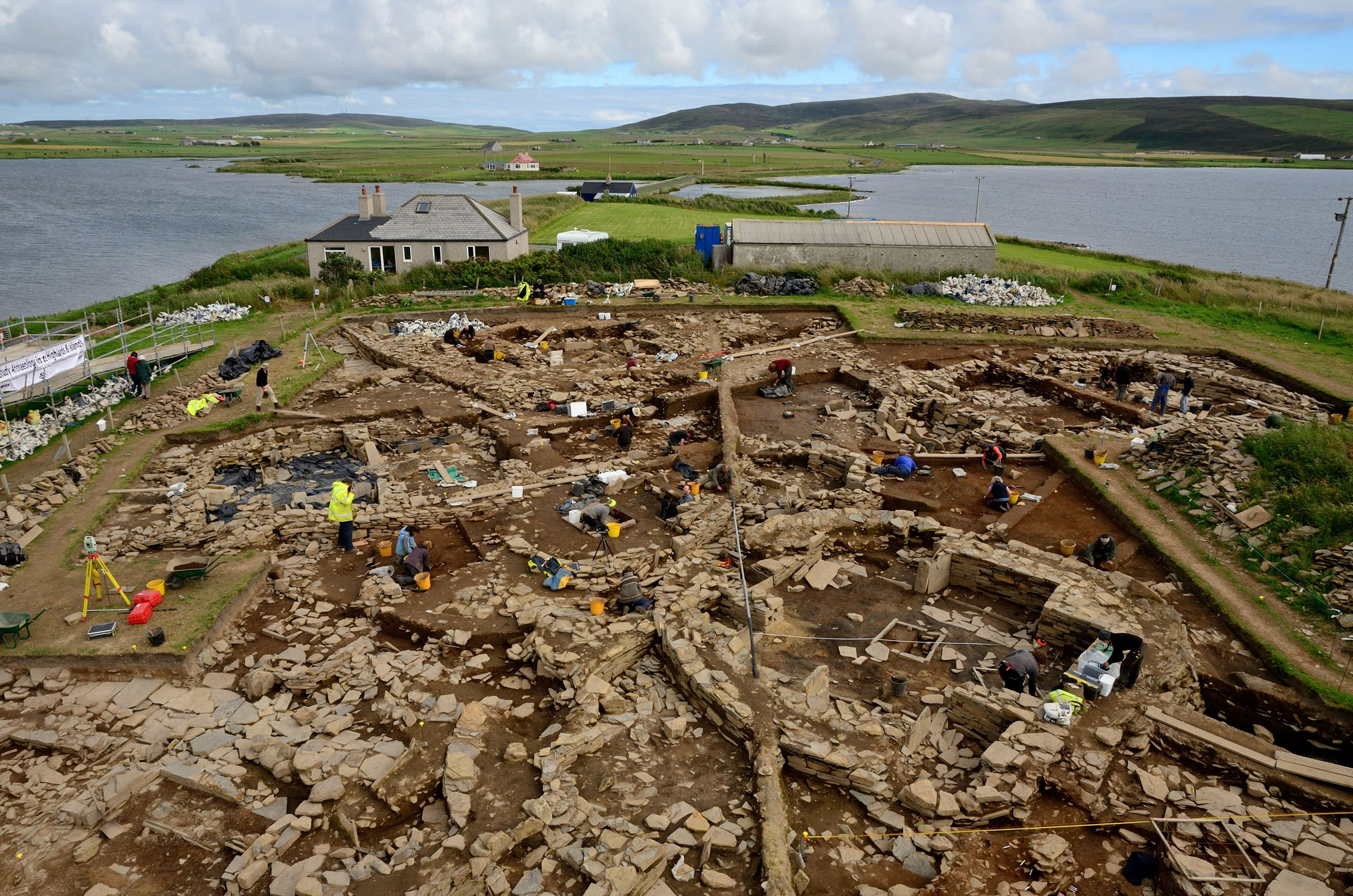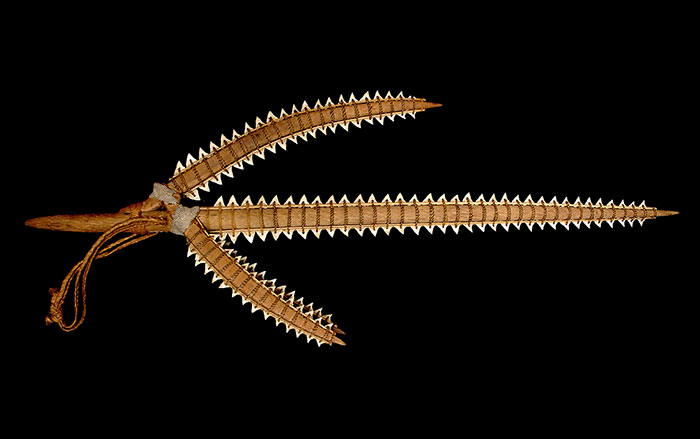

News February 1, 2013


Off the Grid January/February 2026

Letter from France January/February 2026
How farmers came together to build Europe’s most grandiose funerary monuments some 7,000 years ago

Features January/February 2026
Piecing together the Roman empire’s longest known inscription—a peculiarly precise inventory of prices

Features January/February 2026
An Egyptian princess seeks sanctuary in her private palace

Features January/February 2013
One thousand years of spirituality, innovation, and social development emerge from a ceremonial center on the Scottish archipelago of Orkney

Features January/February 2013
Hydraulic engineering was the key to winning the hearts and minds of a conquered people

Letter from France January/February 2013
Nearly 20 years of investigation at two rock shelters in southwestern France reveal the well-organized domestic spaces of Europe's earliest modern humans

Artifacts January/February 2013
A mid-nineteenth-century trident illustrates a changing marine ecosystem in the South Pacific
